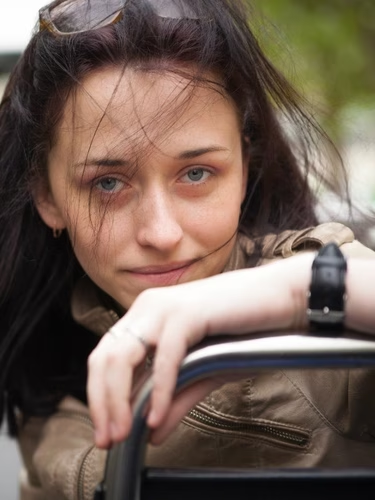🌌 Workation under the Northern Lights: how to hunt for the aurora without disrupting your workday
In short: the aurora is all about darkness, clear skies and patience. Below is how to combine night-time trips with work deadlines, where to base yourself, what to use for forecasts and what to keep in your ‘go-bag’.
📅 Season and locations
- When. The best months for viewing are late August → early April; the ‘dark core’ is October–February. The best hours are 6 p.m.–2 a.m. (bursts can occur earlier/later).
- Where to base yourself. Urban bases with communications and rental equipment: Tromsø, Alta, Lofoten — convenient hubs for night trips 20–40 minutes from the city.
💻🌙 ‘Work during the day, aurora at night’ mode
🗓️ Weekly plan
- Mon–Fri: work until ~18:00 → 30–40 min nap at 19:00 → departure 21:00–01:00 → sleep.
- Sat/Sun: long trips and shooting, no work slots.
- The point is not to ‘sit up all night,’ but to catch short windows without compromising your morning tasks.
🔭 Windows for the aurora
- Basically, aim for 9 p.m.–2 a.m., but stay flexible: activity can shift. Have 2–3 short spots (20–40 minutes from base) to move to when the clouds break.
📡 Forecasts and ‘readiness #1’
- Cloud cover is the deciding factor. Check satellite images and cloud animations from MET Norway — they show where it's really clear and where the front is moving.
- Geomagnetic ‘weather’. The Kp index is useful as an indicator of disturbances, but it is not a guarantee of a local show — combine it with clouds and darkness.
- Online eye on the sky. Check out the TGO (UiT) all-sky camera — a quick way to see if the sky is ‘lit’ right now.
- Go-bag by the door. Layers of clothing, a thermos, a headlamp, a power bank, reflectors — so you can leave in 10 minutes.
📍 Safety and logistics
🛣️ Routes and parking
- Choose spots with pockets/parking, don't stop on turns or narrow shoulders — this is strictly prohibited by local safety recommendations.
🔦 Visibility and light
- In the city — reflectors marked CE EN17353 (preferably two: front and rear). This is the official standard for personal reflectors.
- Headlamp with red mode: preserves night vision and is less blinding to others.
⏳ Time limits
- Return by ~02:30: sleep is more important than ‘chasing the last rays’ — tomorrow is a working day.
📸 Photo minimum (if shooting)
- Camera/phone on a tripod. Starting settings for the camera: shutter speed 5–15 s, ISO 800–3200, wide angle; then adjust as needed.
- Glove liners (thin) to operate the buttons in cold weather.
- Phone: night mode, tripod or support, timer set to 2–3 seconds.
✅ Mini checklists
🎒 Aurora nomad go-bag
- Layers + wind/moisture protection, warm boots
- Thermos, snacks, chemical hand warmers
- Headlamp with red light, CE EN17353 reflectors
- Power bank, offline maps, address of a nearby ‘warm quiet spot’ (café/lobby)
🚗 Quick departure algorithm
- Check cloud cover (MET/satellite) + Kp
- Select a dark spot with parking
- Inform others of your departure plan (where you are going and when you will return)
- Refuel/recharge, take a thermos and extra gloves
⏰ Weekday schedule
- Until 18:00 — work
- 19:00 — 30–40 min nap
- 21:00–01:00 — departure/observation
- 02:30 — lights out, morning without delays
Set your work for the day and the aurora for short night windows. Watch the clouds, check the Kp, keep your ‘go-bag’ handy, and return by two or three. Then you'll see the northern lights, and your morning tasks won't fall apart.
❓ FAQ
From late August to early April; most often, it is consistently dark and productive for observations in October–February.
In Tromsø, Alta, Lofoten: normal connection, rental point and many spots 20–40 minutes from the city where you can get away from the clouds.
Keep one window synchronised during the day, the rest asynchronous with brief summaries/notes. At night, have short sessions (until ~01:00–01:30) and return to 02:30 at the latest.
Check cloud cover (MET Norway satellite animations) + Kp (as an indicator, not a guarantee) + TGO all-sky camera ‘here and now’.
Layers (merino/fleece + membrane), warm boots, CE EN17353 reflectors, headlamp with red light, thermos and hand warmers.





1 comment
Log in to leave a comment